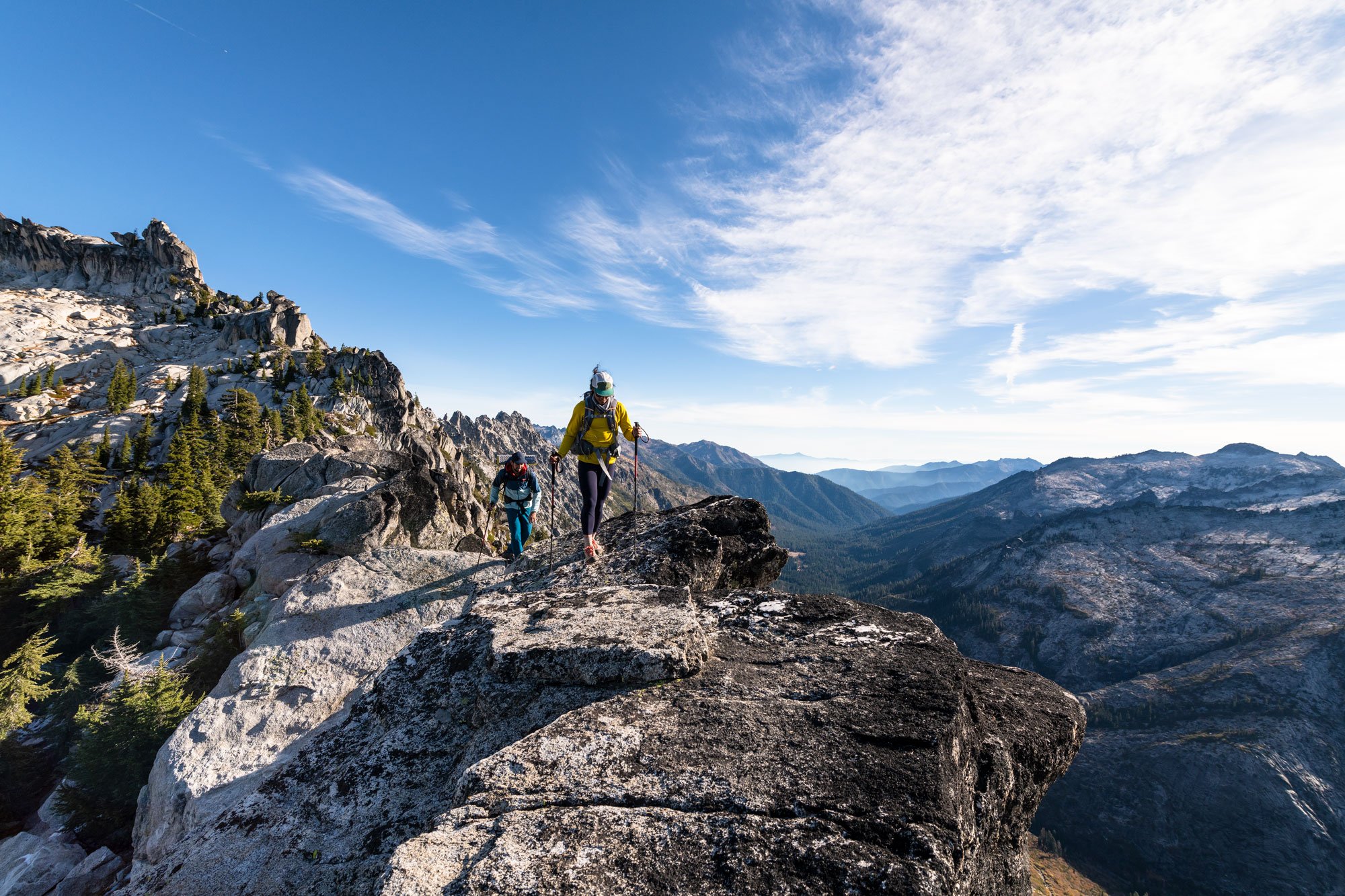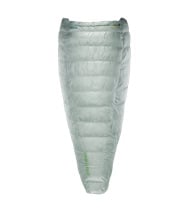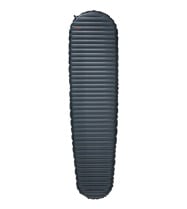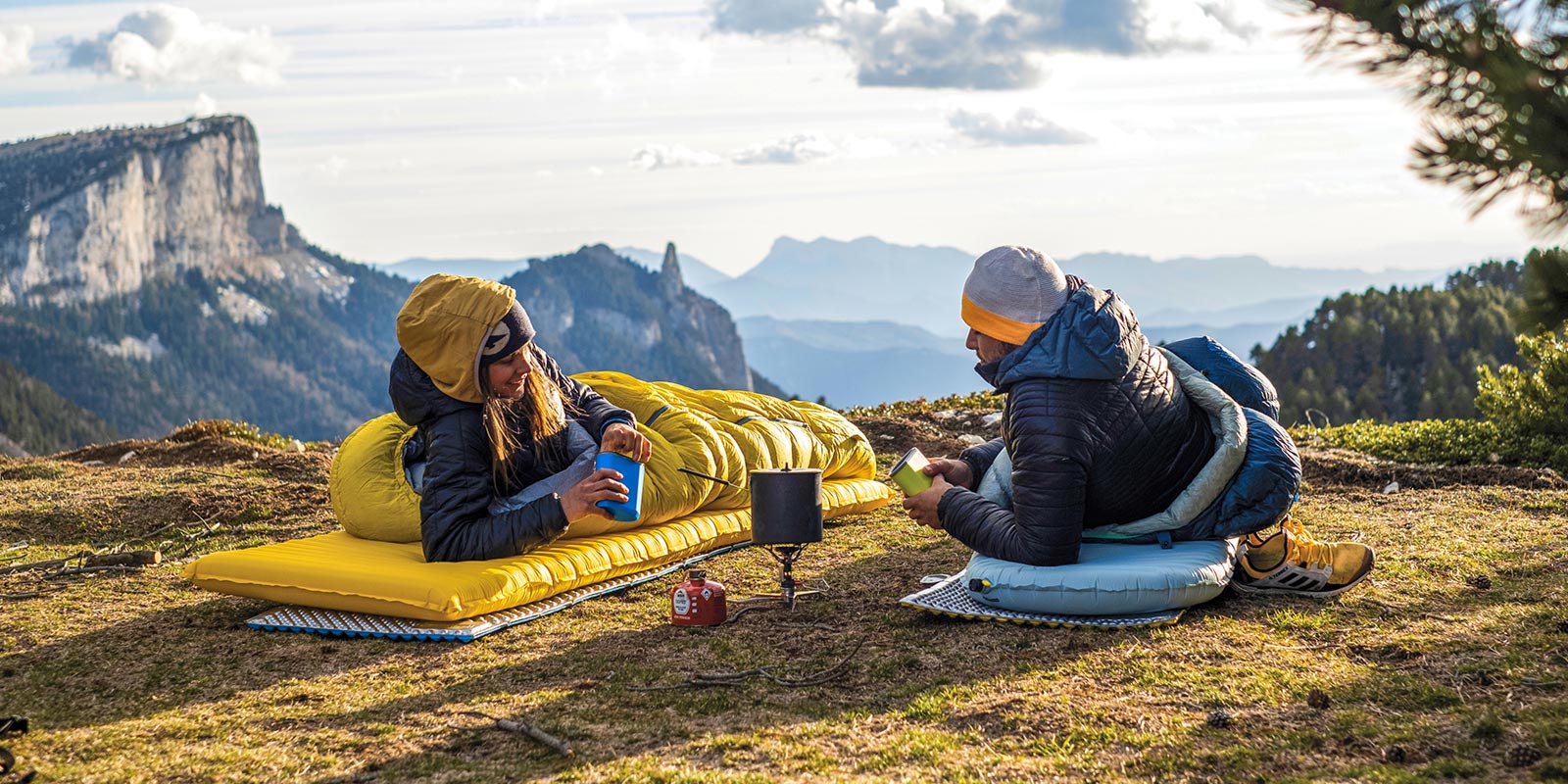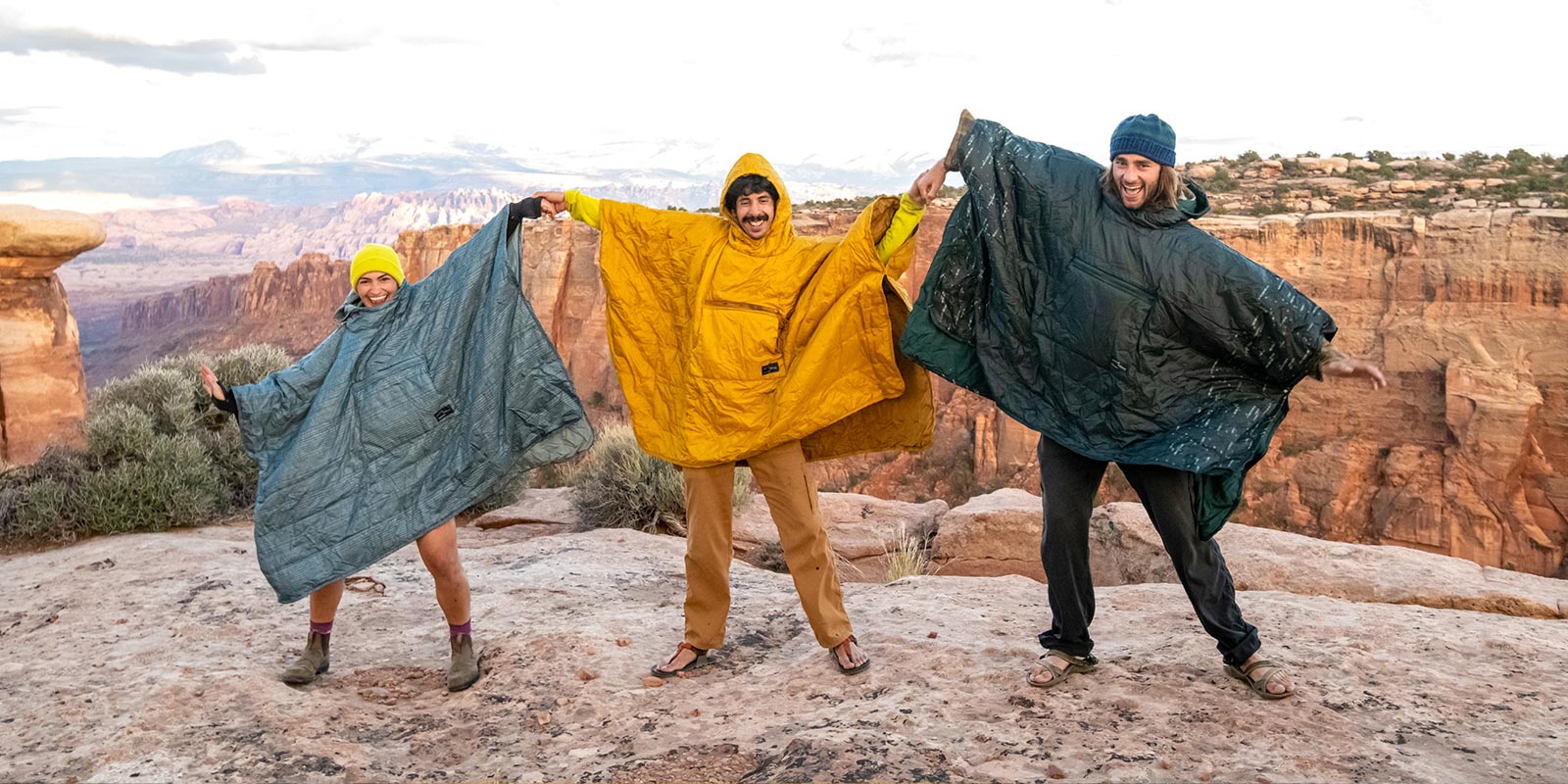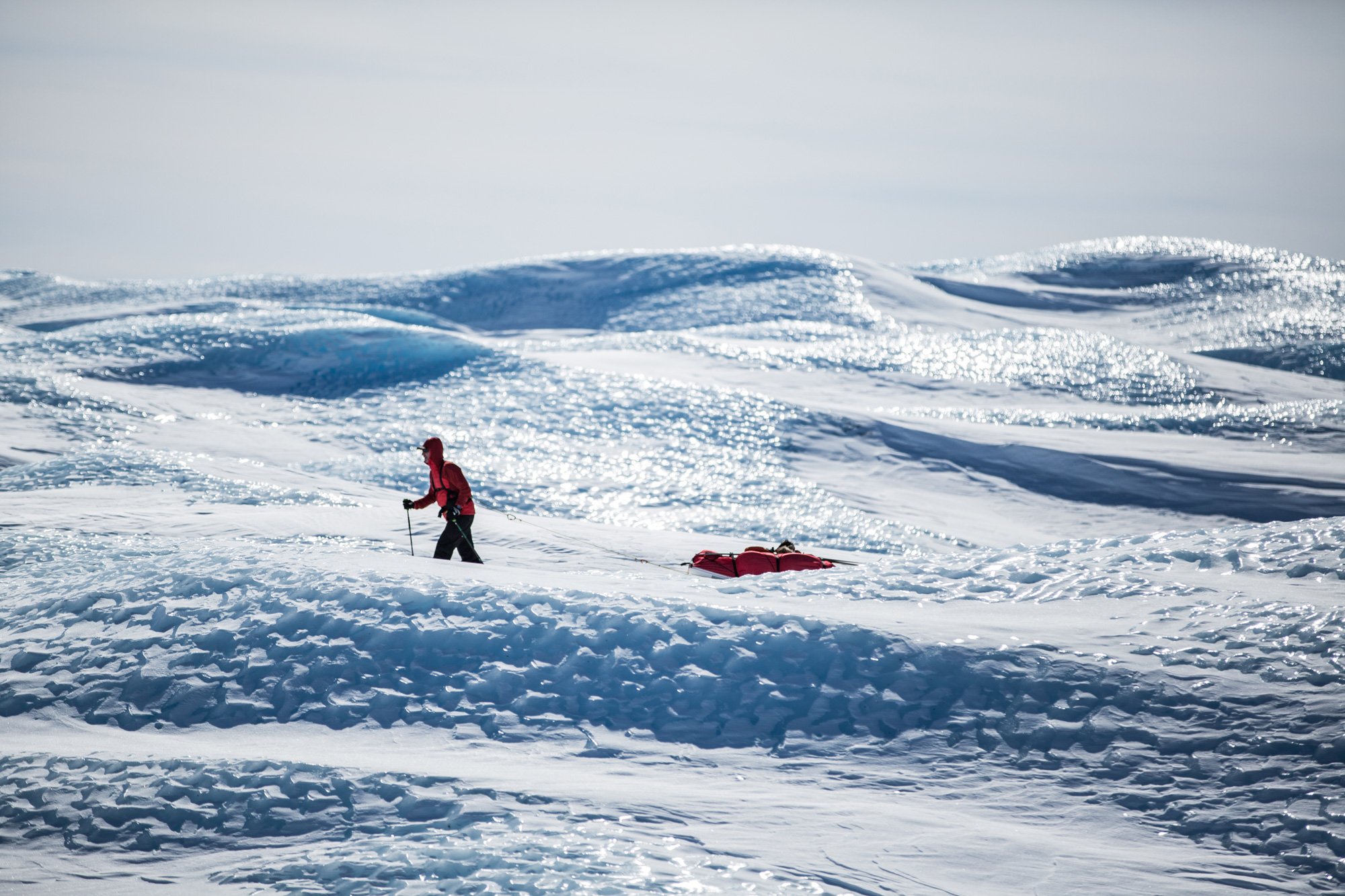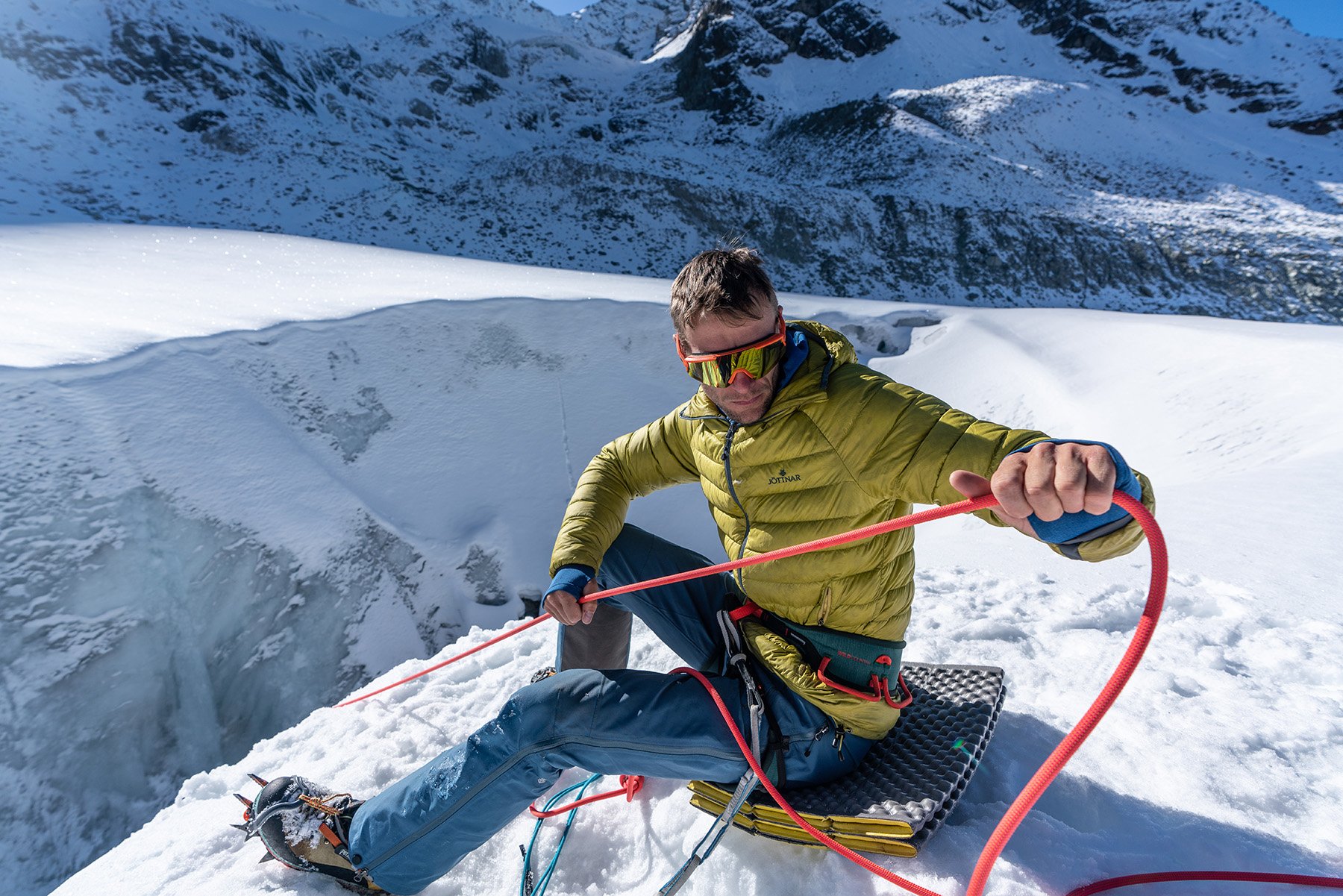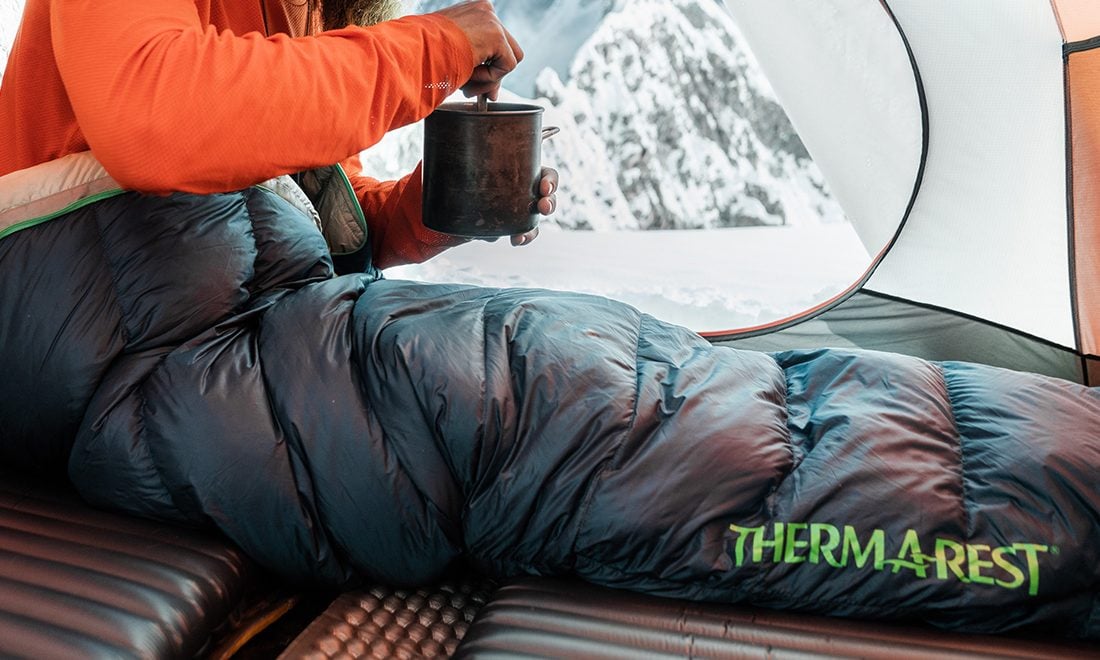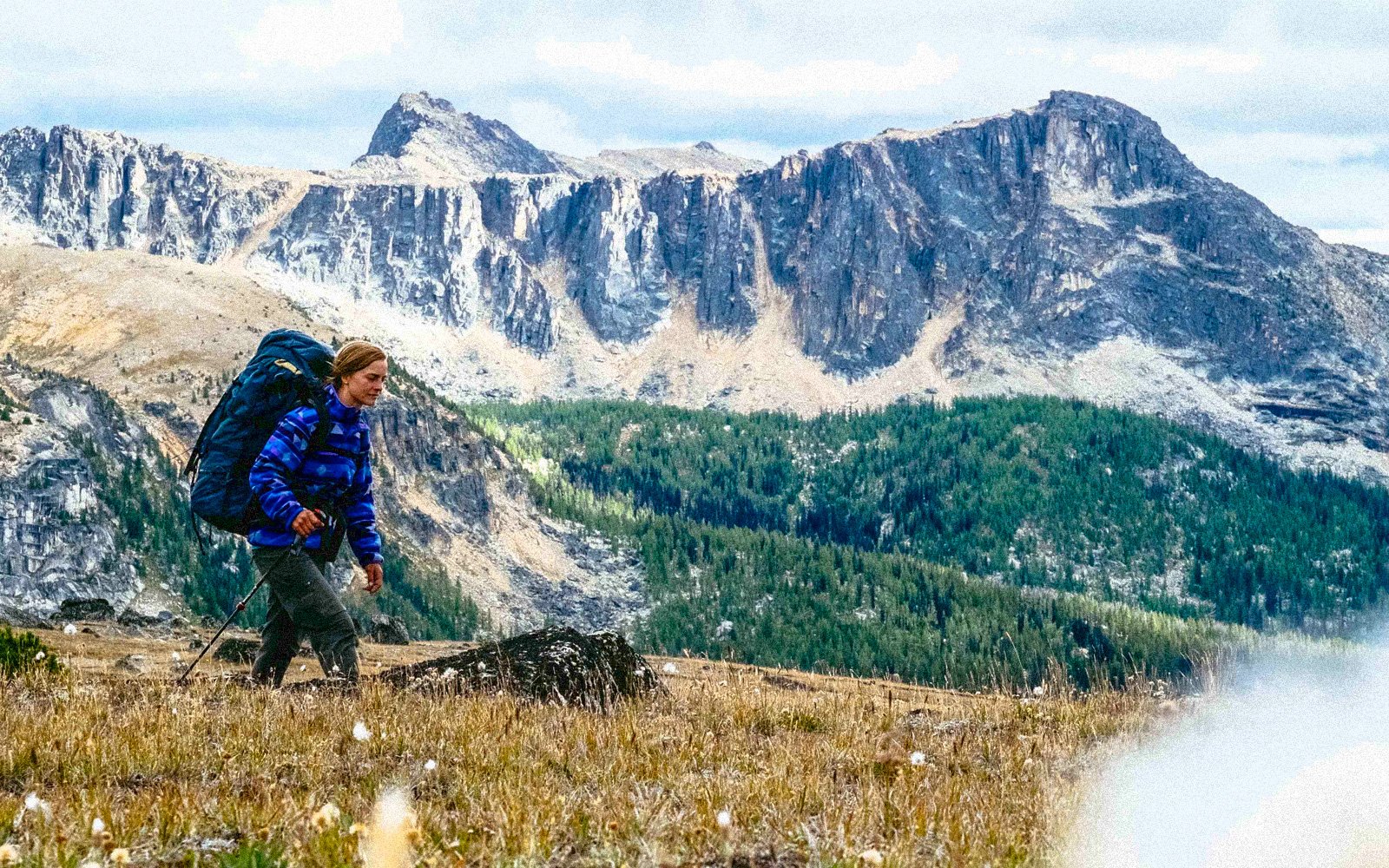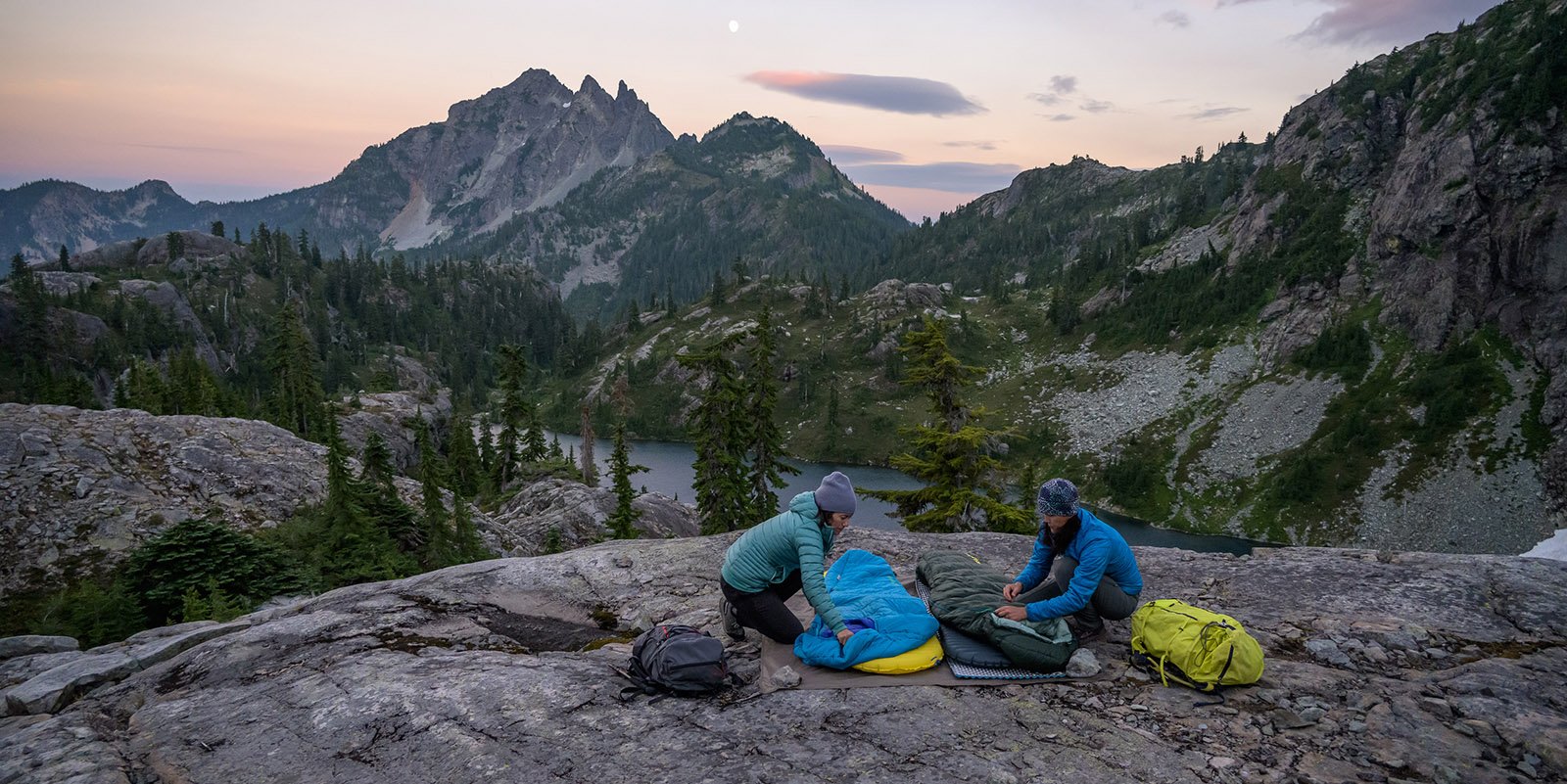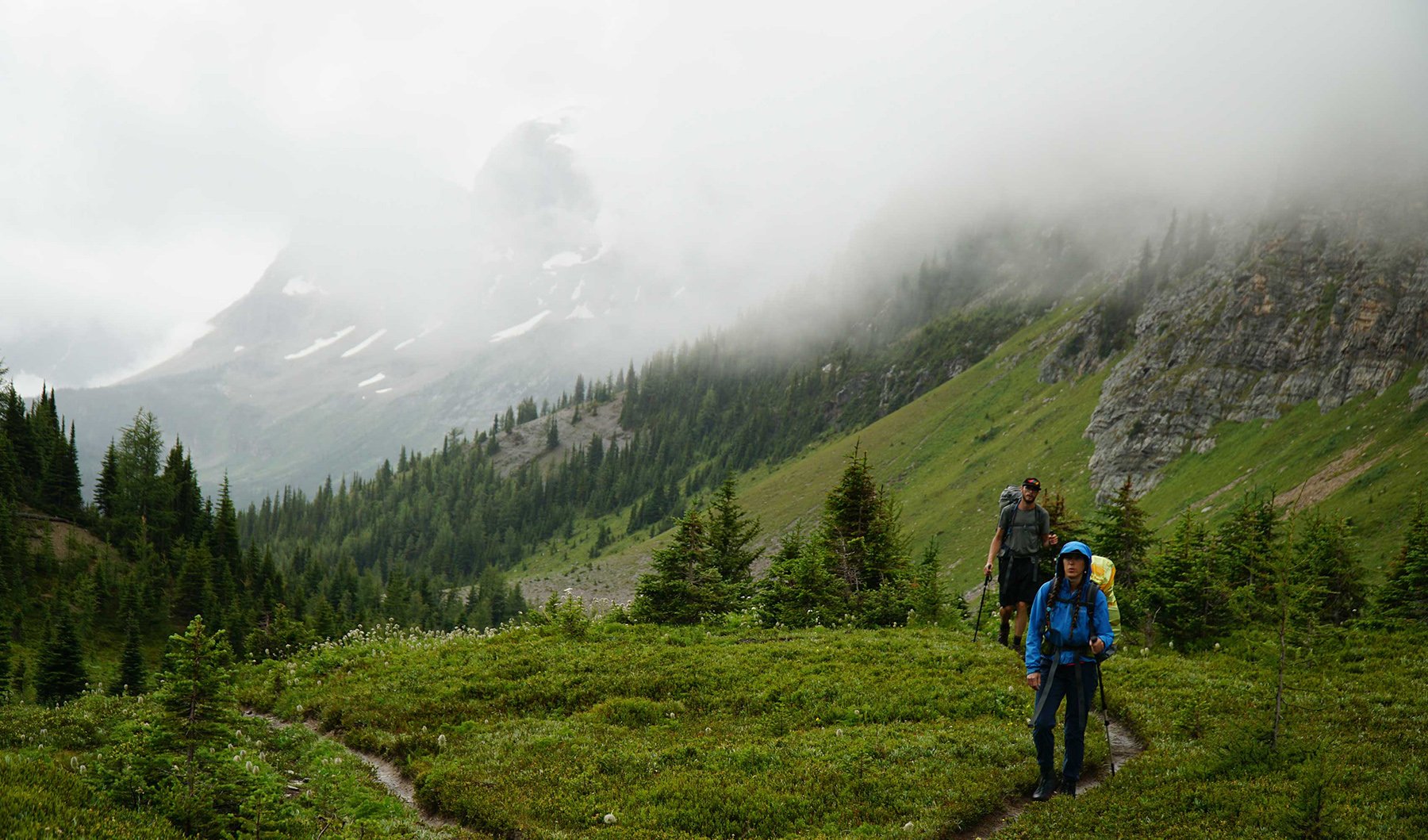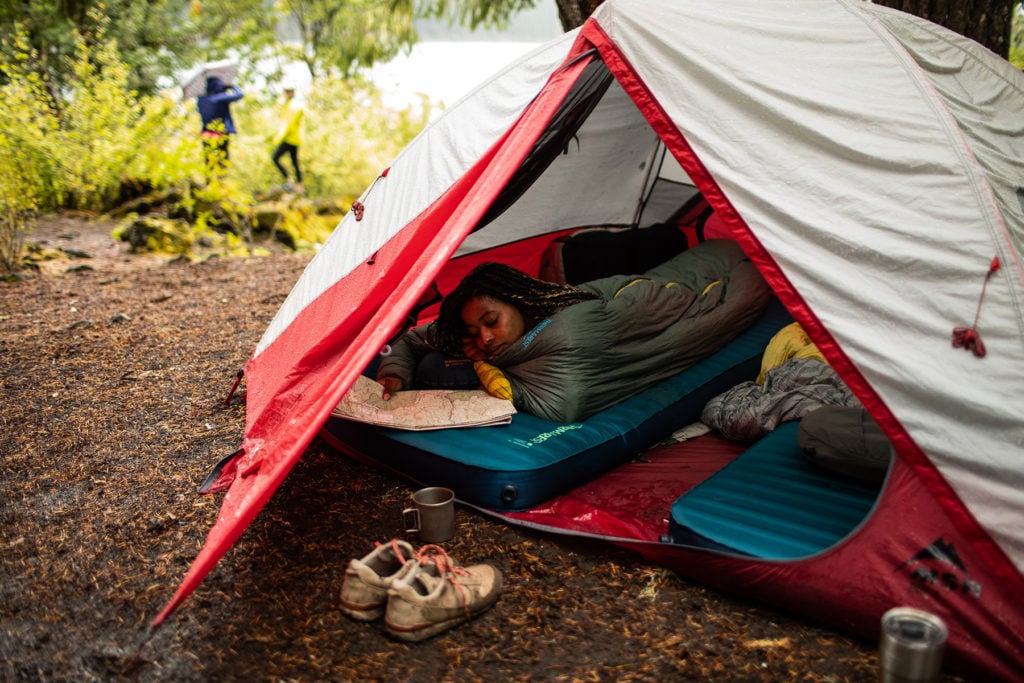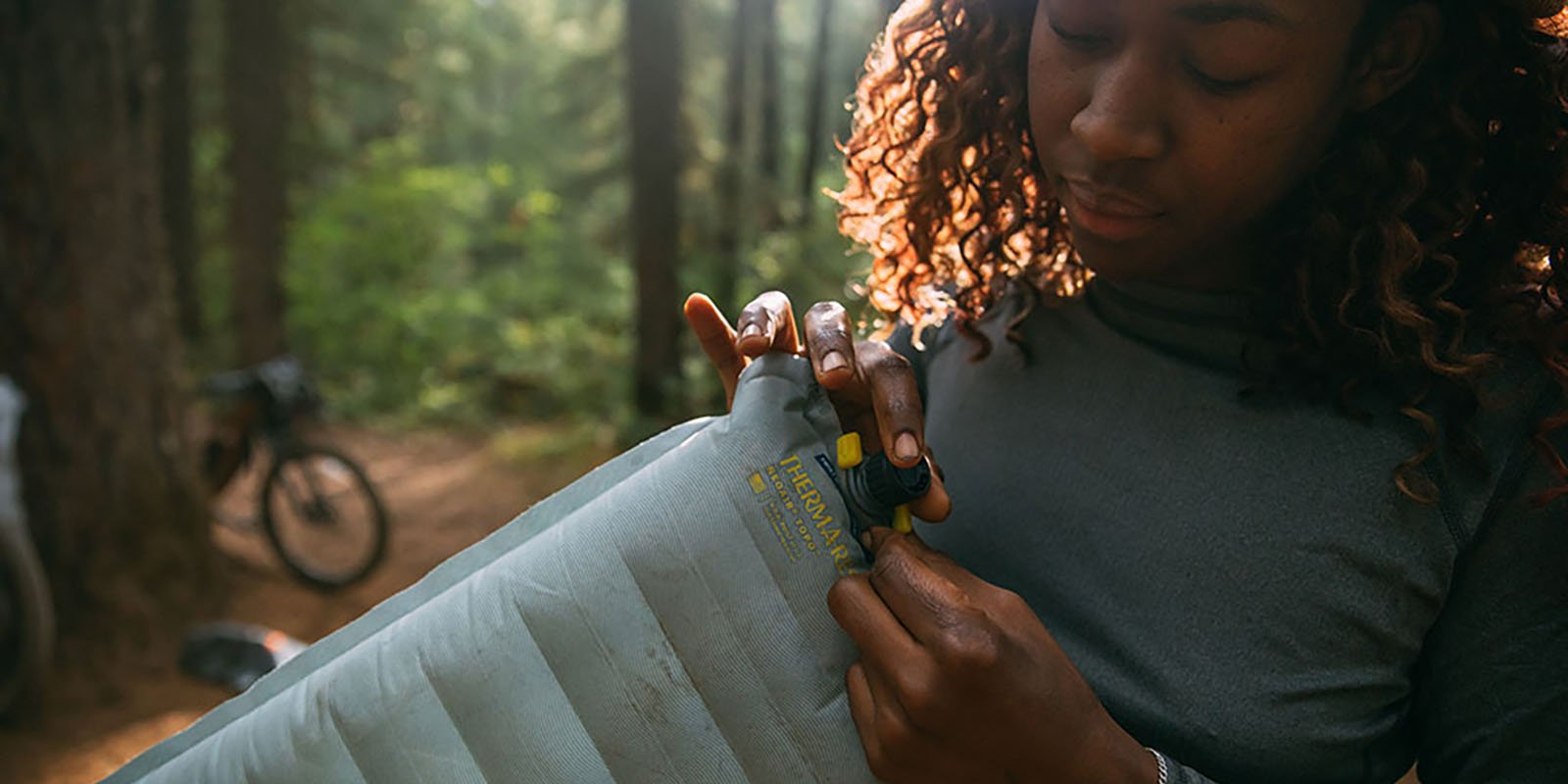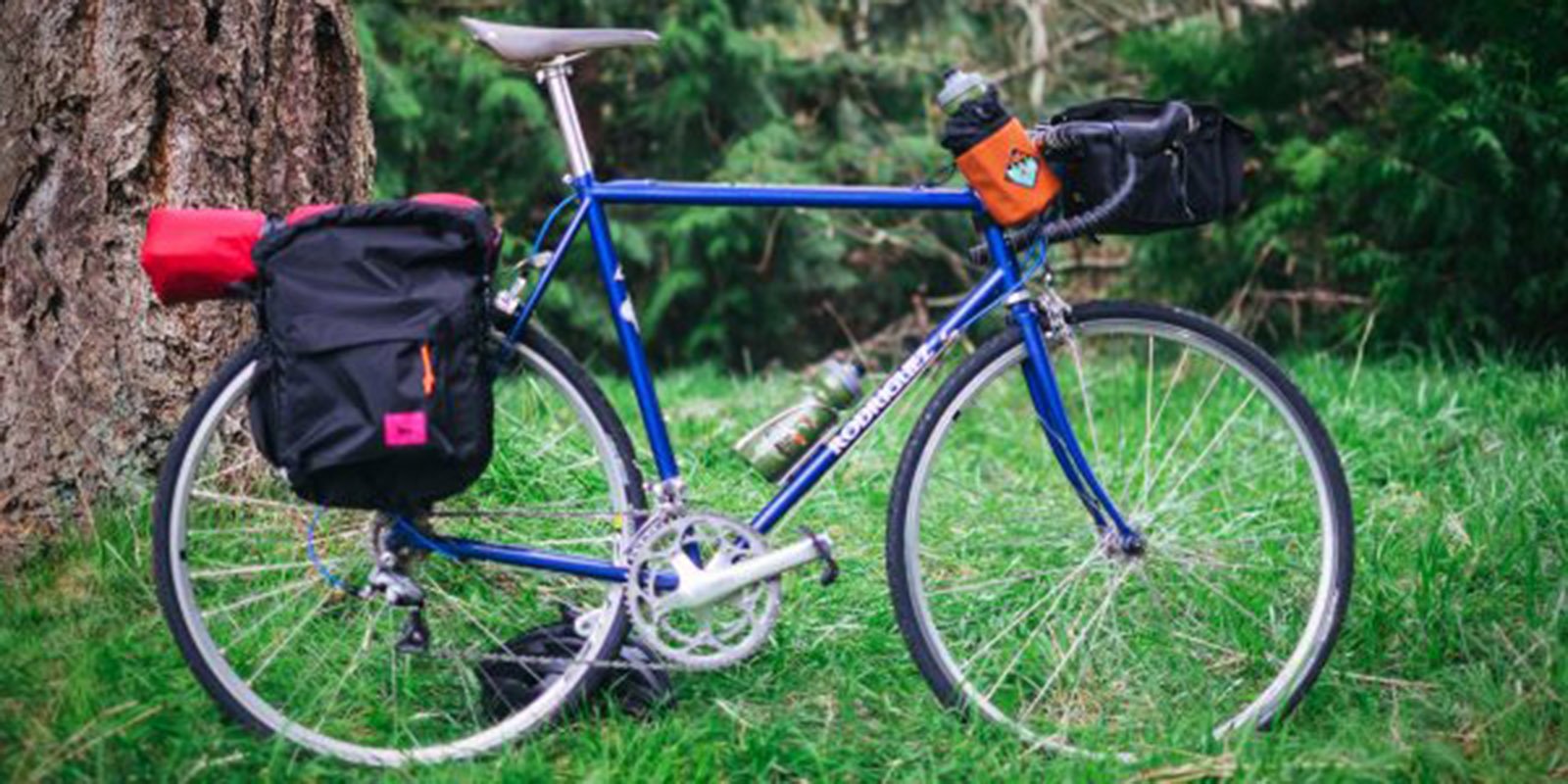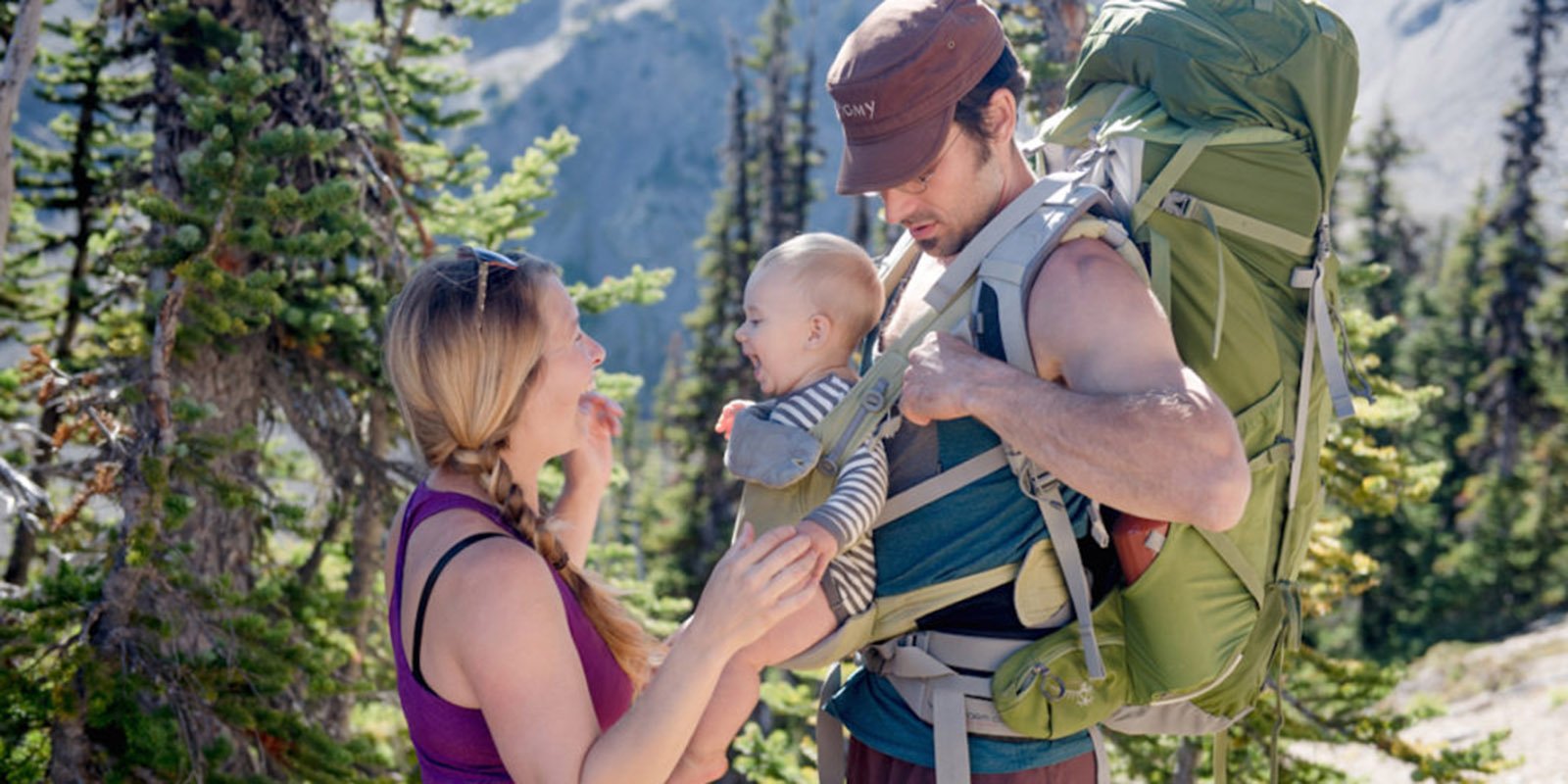When you hit the trail for a backpacking trip, it’s tough to feel like the world is your oyster if you can barely stand up because your pack is so heavy. I mean, did you see the movie Wild? A pack that’s too heavy sucks all the fun out of a trip into the backcountry. And while ultralight backpackers will tell you the first thing you should do is buy a scale, there are a few tried-and-true ways to shave a bit of weight. With that in mind, here are 10 ways to lighten your backpacking pack weight without sacrificing too much comfort.
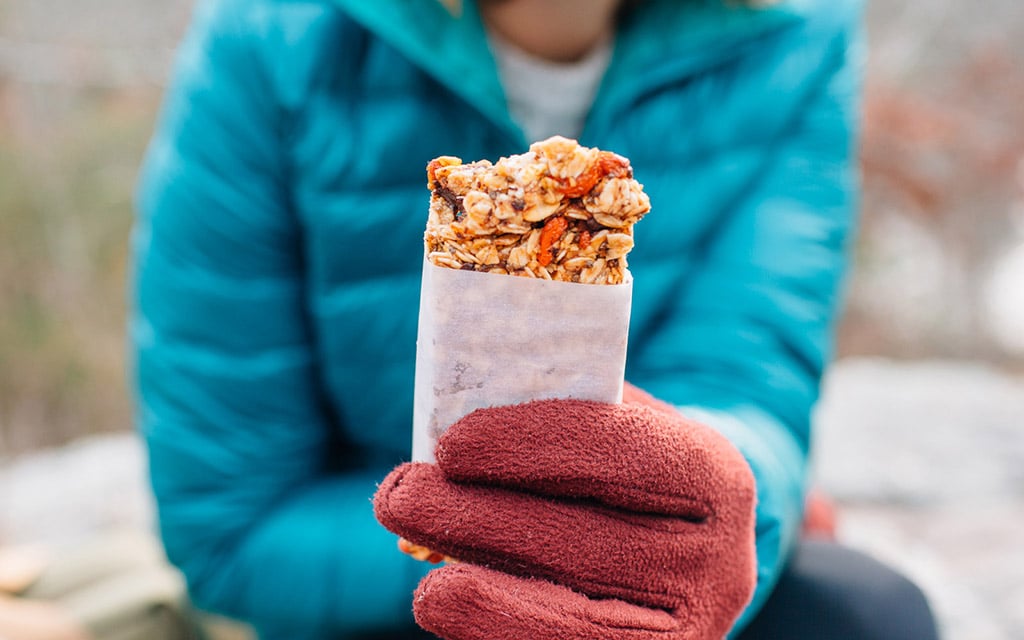
1. Repackage food and personal care items
Who uses an entire tube of sunscreen or toothpaste on a three-day trip? Squirting a little into a smaller container will save weight and space, so you might even be able to get away with a smaller, lighter pack. The same goes for food. Even tiny things like pouring your trail mix into a resealable bag so you can burp its air out will save much-needed space.
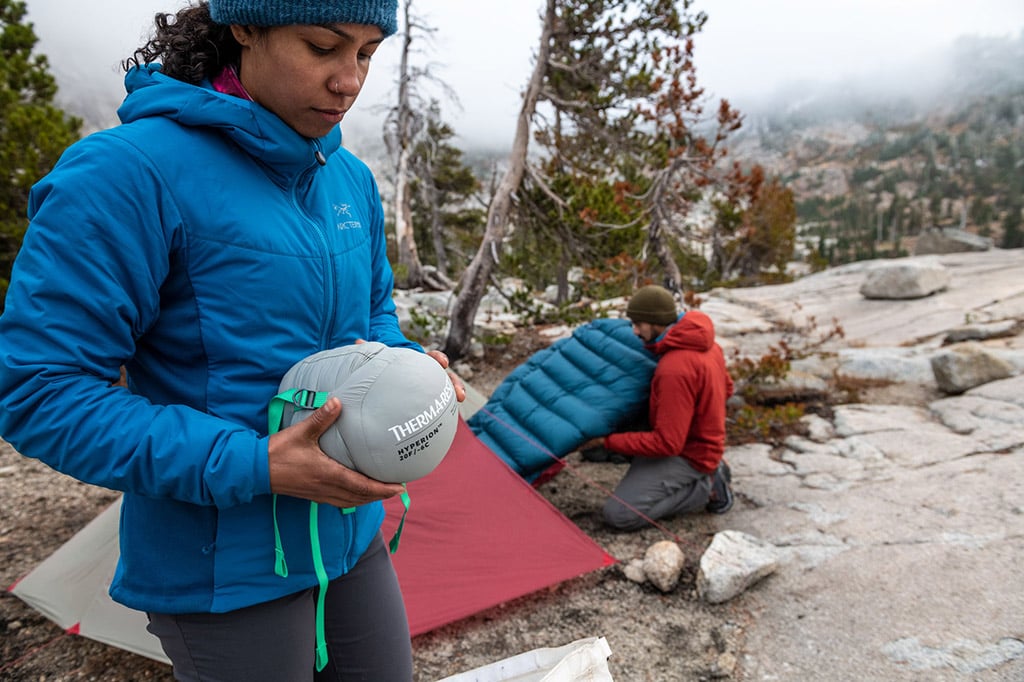
2. Sleep System: Maximize a minimal amount of insulation
When it comes to your base weight, few things impact your pack as much as your sleep system. Having a firm understanding of ASTM/ISO ratings and R-value will ensure you stay comfy at camp without carrying unnecessary weight.
If you’re looking to upgrade your gear to join the #lighterpackclub, our Hyperion sleeping bags and Vesper quilts are among the lightest in their class. Our UberLite, XLite and XTherm pads offer the perfect balance of warmth and weight suited for whatever conditions you might encounter.
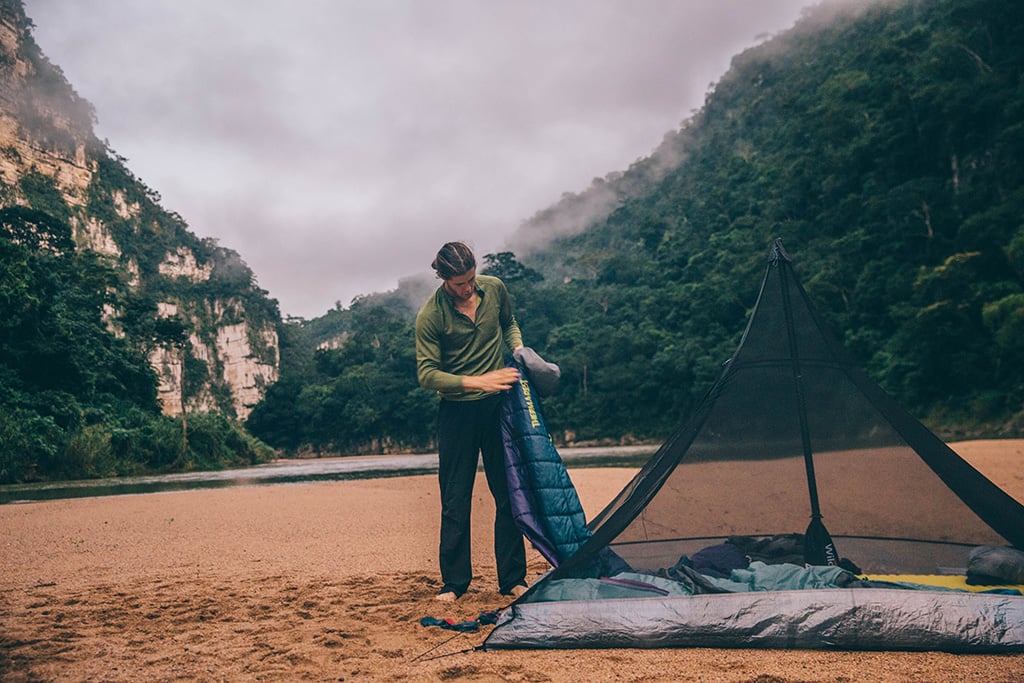
3. Opt for a tent that pitches with trekking or ski poles
If you’re already hiking with trekking poles, or ski touring, this is a no-brainer. Tent pole sets can weigh upwards of a pound, so if you just make use of the poles you already have in your hands, you can eliminate tent poles altogether. If you’re super minimalist, go for a simple tarp setup. But now, even all-season shelters can be compatible with trekking or ski poles.
4. Limit your wardrobe.
Most backpacking pros know it’s not worth worrying about body odor. Odor happens—plain and simple. So, unless you’re going on a trip so long you foresee washing one set of clothes—and you can’t just wear your rain gear or outer layers while you do it—or you’ll need a dry set of clothes to swap into to stay warm, you can probably skip carrying an entire extra change of clothes.
5. Never pack books
Not even guidebooks. Instead, snap photos of the relevant pages with your phone and refer to them when necessary—you can always zoom in on the screen. And if you like to read in your sleeping bag at night, use the Kindle app instead of toting a paperback. You can carry a whole library on your tiny device that you’d probably be carrying with you anyway. If you’re worried about battery life, make sure to turn your phone on “airplane mode” or just keep your phone off unless you absolutely need it—and then, also keep it on airplane mode—and pack a small battery pack or recharger. It will still take up less weight and space than a guidebook or novel.

6. Plan ahead and ration your water carrying
If you’re headed somewhere with abundant streams, or if there’s a reliable spring along the way, plan out how much water you’ll need to get there, and then use a purifier instead of just carrying all the water you’ll need for the entire trip. A little research might set you at ease knowing you can go from stream to stream, carrying relatively little water in between. If it’s a short trip, making sure you’re super hydrated to start will also make a difference.
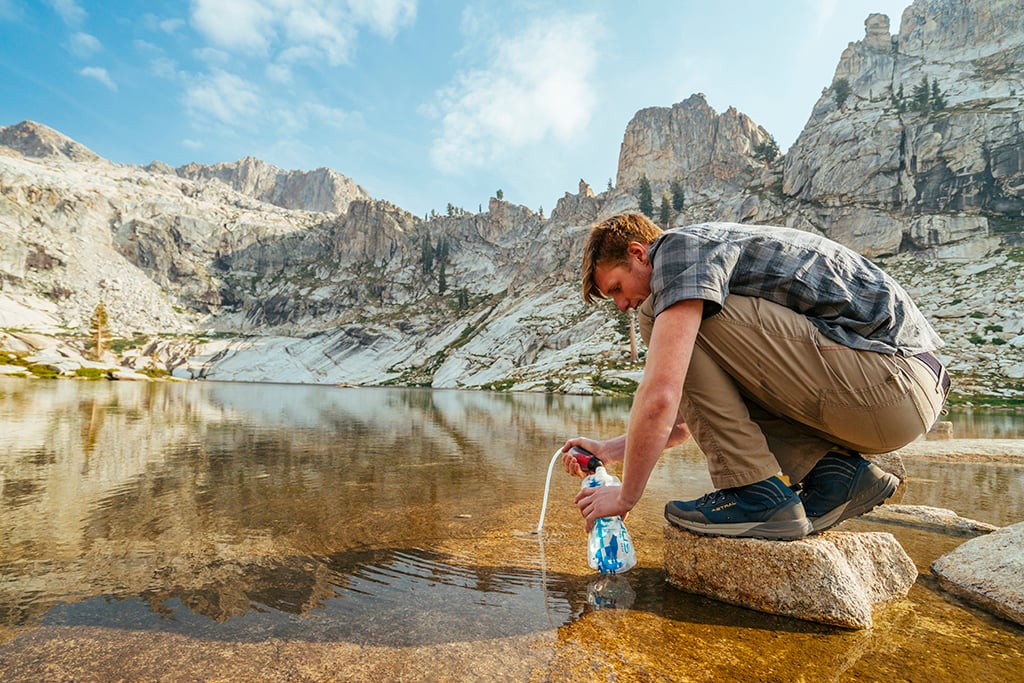
7. Swap out heavy water bottles for a collapsible bottle
If you’re opting for bottles instead of a reservoir system, it’s worth noting that the typical 32-ounce hard plastic reusable water bottle weighs 6.2 ounces. So to pack three liters of water, that adds more than a pound of water bottle weight to the already-heavy weight of the water. Both an empty 32-ounce pop bottle and 34-ounce Platypus Softbottle weigh only 1.2 ounces, so swapping out can shave several valuable ounces.
8. Switch to trail runners
A major part of lightening your backpacking pack weight is remembering that your backpacking load isn’t just in your pack. Although you’re not storing them on your back, a heavy pair of backpacking boots can be a serious weight consideration.
Consider changing it up with a pair of rugged trail runners. Ensure that they have plenty of traction and and the support you need, but once you drop the boots you may never go back. We recommend using them on a few day hikes before deciding to take them on a week-long trek through the backcountry.
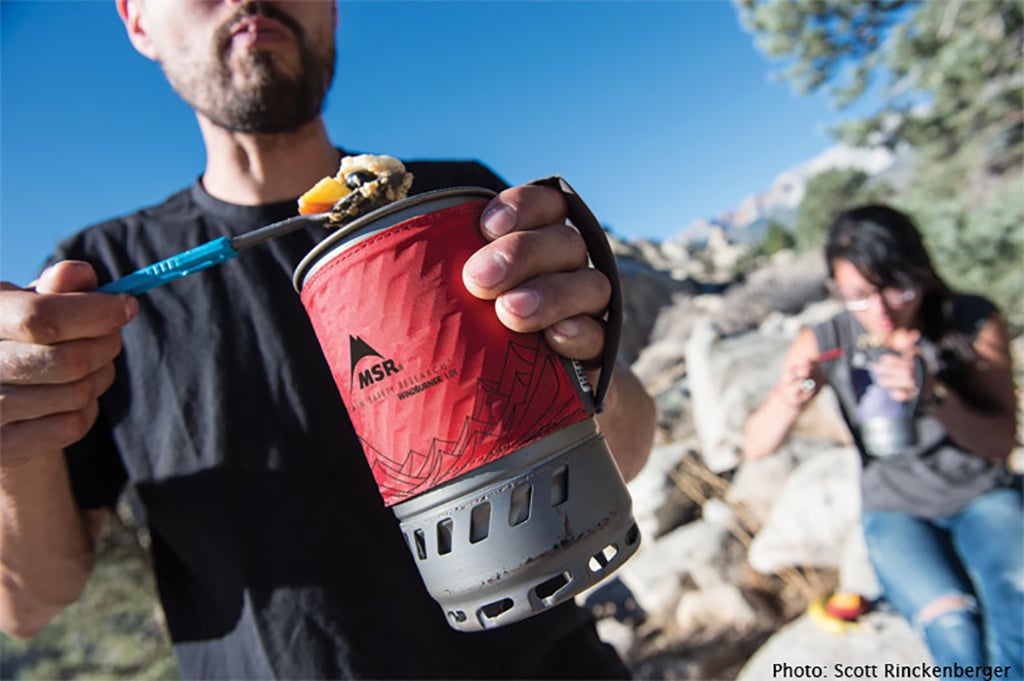
9. Eat out of your pot
Dishes and cups are sure nice in camp, but if they only serve as something to move the food onto before it goes into your mouth, consider eating right out of pot when you’re backpacking and just leave the dishware for car camping. Plus, you’ll have just one dish to clean.
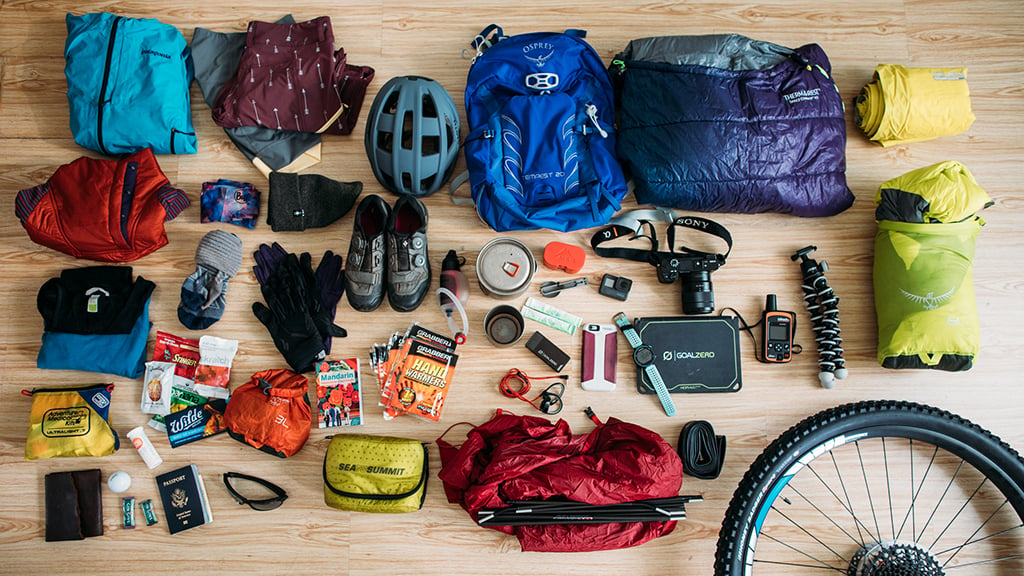
10. List your unused items each time you go backpacking
And then think hard before packing them the next time. Some things—like an emergency lighter and a few inches of duct tape—should always live in your pack, with the hopes that you won’t have to use them. But, if you’ve packed a pair of gaiters for your last three trips and never put them on, it might be time to leave them at home.
Related Posts:
- Lightweight Hiking Gear: 5 Thru Hike Essentials
- 10 Ways To Lighten Up The 10 Essentials
- Light is Right
Updated. Originally Published October 29, 2019.
